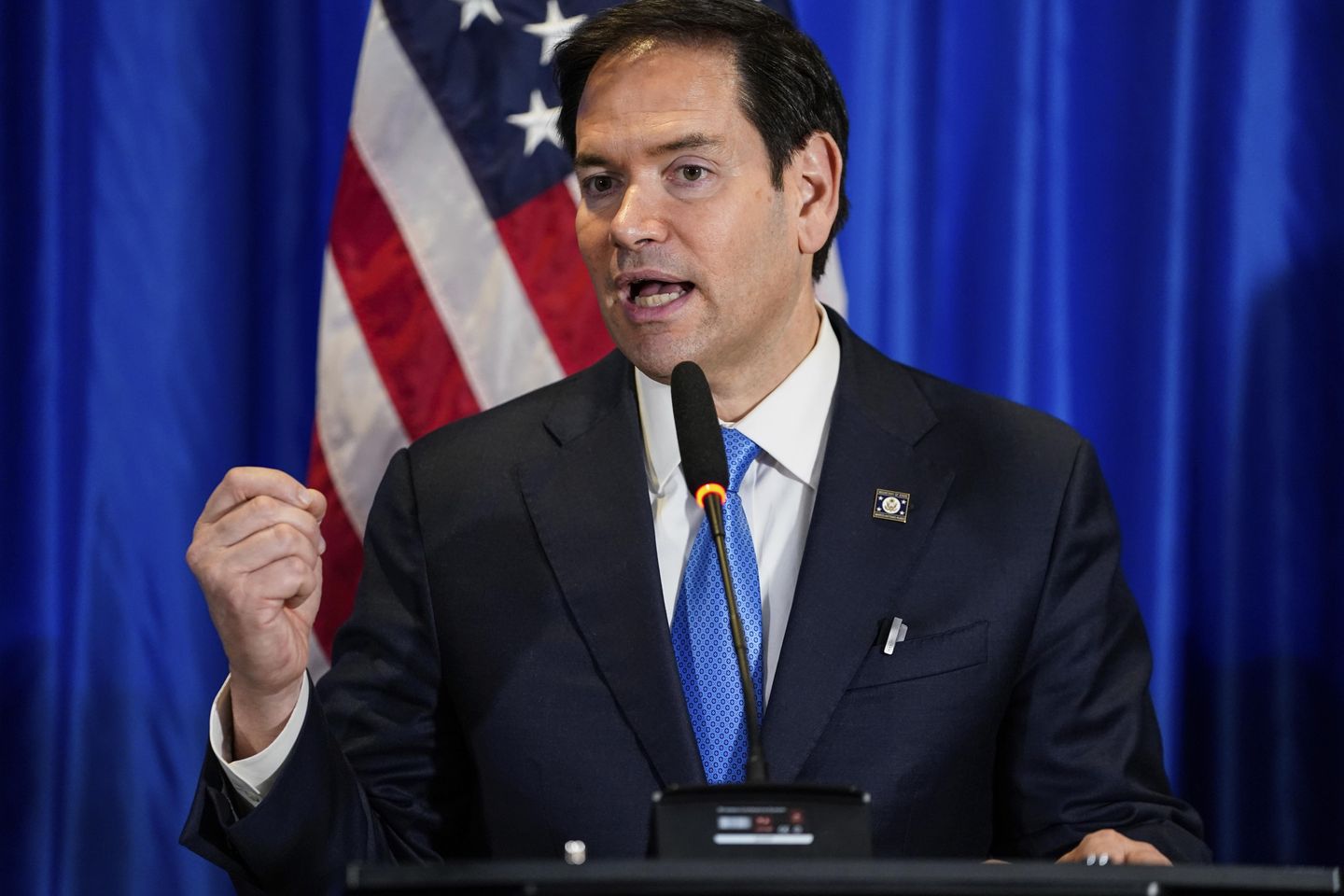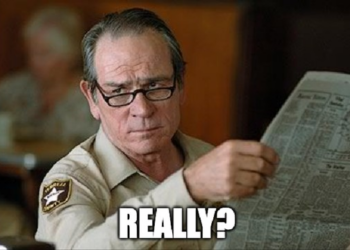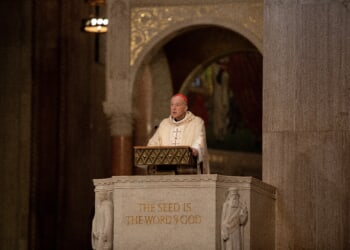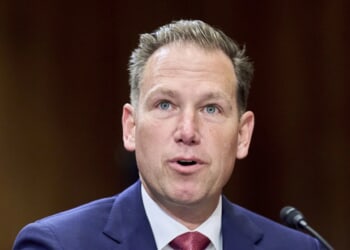
The State Department will reverse “decades of bloat and bureaucracy” by closing offices and consolidating functions under a reorganization program unveiled Tuesday.
Secretary of State Marco Rubio announced the changes on social media, describing the department in its current form as a sprawling bureaucracy that over the past 15 years has ballooned in size and cost. At the same time, he said, the department has become less effective at diplomacy “and more beholden to radical political ideology than advancing America’s core national interest.”
The reorganization announcement followed days of anonymous reports that the department would eliminate key offices and slash spending. Some of it turned out to be true; other leaked information was inaccurate.
Mr. Rubio didn’t immediately provide details about cuts in staff and funding but said region-specific functions will be consolidated and offices that perform redundant tasks will be eliminated. He said he’ll close State Department programs not mandated by law and not aligned with America’s interests.
Mr. Rubio published a new organization chart outlining the offices that will remain open. It shows a leaner department but one that includes key international offices, including the Bureau of African Affairs. A leaked draft of an executive order to reorganize the department had initially called for slashing the bureau completely. The secretary had called the leaked draft “fake news.”
The department’s economic policy will be consolidated into the Under Secretary for Economic Growth, Energy and Environment, and security assistance and arms control will be combined within the Under Secretary for Arms Control and International Security.
The reorganization chart eliminates the Office of Global Change, which is responsible for implementing and managing U.S. international policy on climate change, as well as the Office of Global Women’s Issues, which the department had described as having “a mandate to promote the rights and empowerment of women and girls through U.S. foreign policy.”
Democracy, human rights and religious freedom are consolidated into one bureau.
Mr. Rubio earlier this year announced the U.S. Agency for International Development would become part of the State Department. The new organization chart lists the administrator of the agency at the very top, alongside the secretary of state.
Mr. Rubio last week shuttered the Global Engagement Center, which he said sought to censor speech through media outlets and platforms. Congress voted to close the center, but Mr. Rubio said it renamed itself and kept operating in the same fashion.
In a Substack post Tuesday, Mr. Rubio described a State Department weighed down by an overwhelming bureaucracy that stifles the most productive employees and allows “radical ideologues and bureaucratic infighters” to push through their own agendas “that are often at odds with those of the President and undermine the interests of the United States.”
Without a major reorganization, he said, the State Department can’t carry out effective foreign policy.
House Foreign Affairs Committee Chairman Brian Mast, Florida Republican and an injured war veteran, said in a statement the reorganization “will make the State Department leaner and meaner and ensure every dollar and diplomat puts America First.”


![NYC Tourist Helicopter Falls into Hudson River, Siemens Executive and Family Among Those Killed [WATCH]](https://www.right2024.com/wp-content/uploads/2025/04/NYC-Tourist-Helicopter-Falls-into-Hudson-River-Siemens-Executive-and-350x250.jpg)
![Biden Drops Racial Slur During First Public Speech Since Leaving Office [WATCH]](https://www.right2024.com/wp-content/uploads/2025/04/Biden-Drops-Racial-Slur-During-First-Public-Speech-Since-Leaving-350x250.jpg)




![Green Day’s Cringe Trump Diss Ends in Fire and Evacuation [WATCH]](https://www.right2024.com/wp-content/uploads/2025/04/Green-Days-Cringe-Trump-Diss-Ends-in-Fire-and-Evacuation-350x250.jpg)

![Red Sox Fan Makes the ‘Catch of the Day’ with Unconventional ‘Glove’ [WATCH]](https://www.right2024.com/wp-content/uploads/2025/04/Red-Sox-Fan-Makes-the-‘Catch-of-the-Day-with-350x250.jpg)





